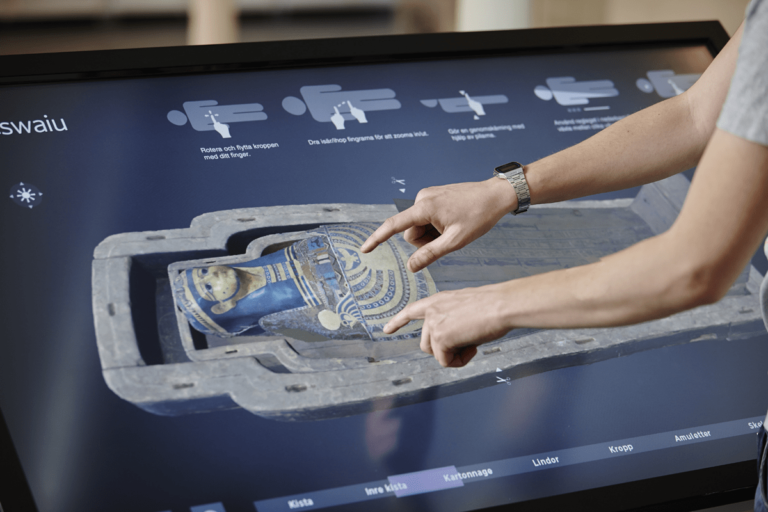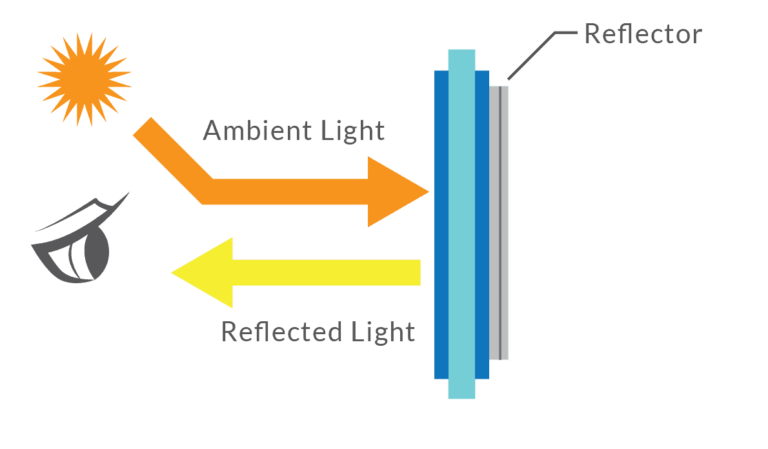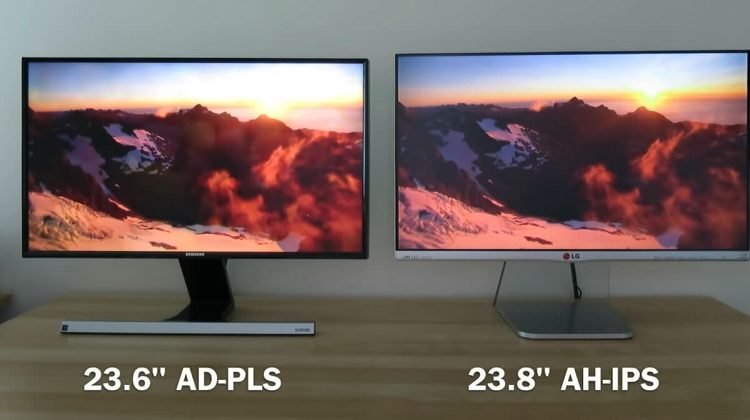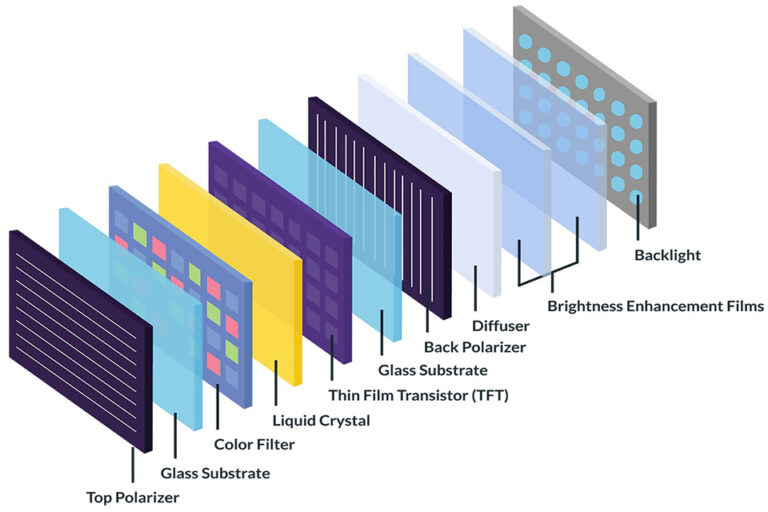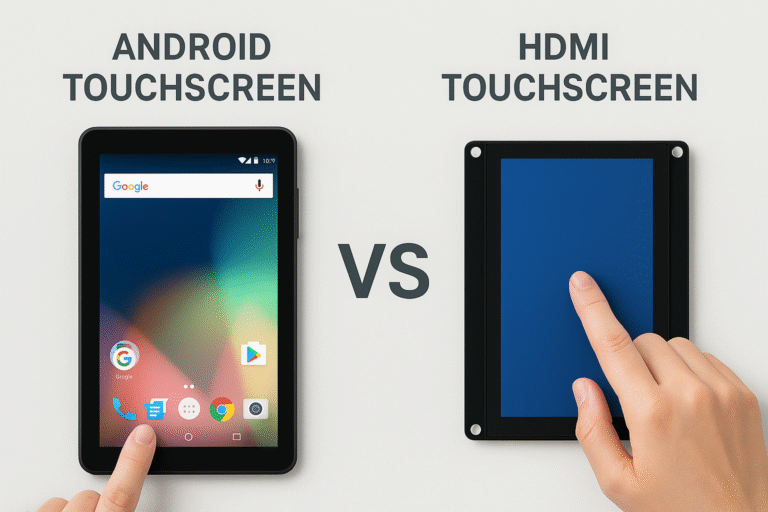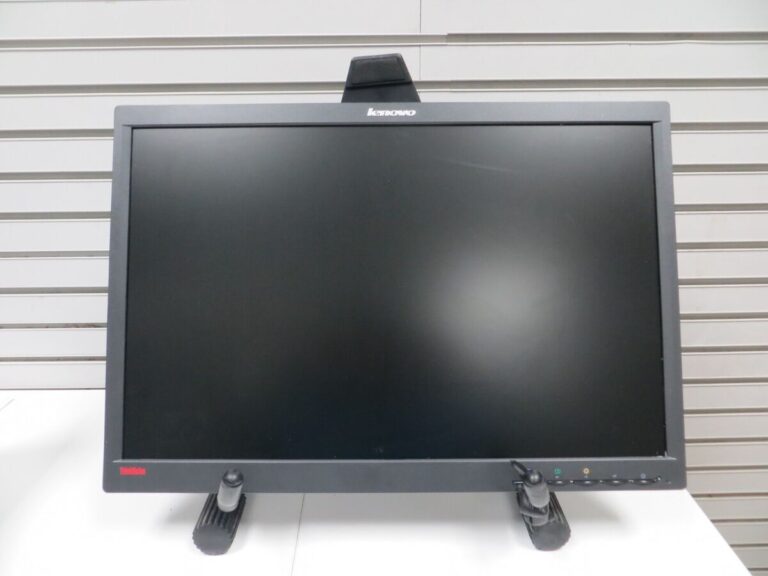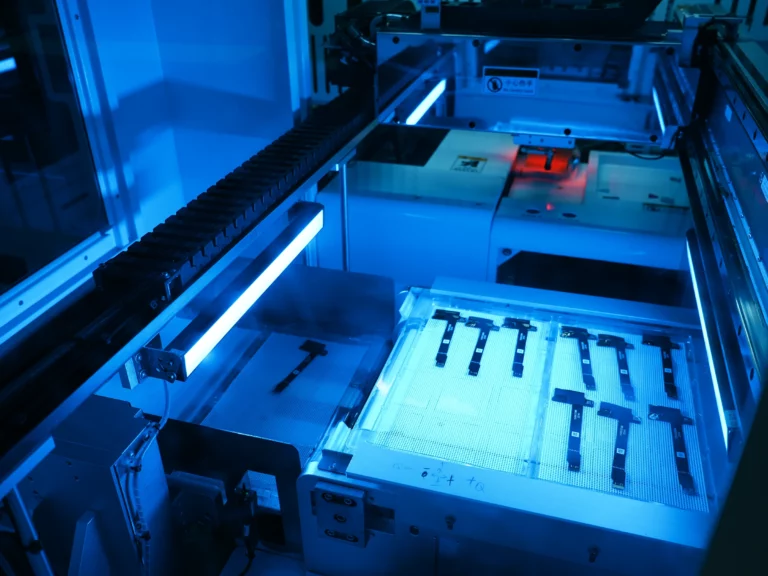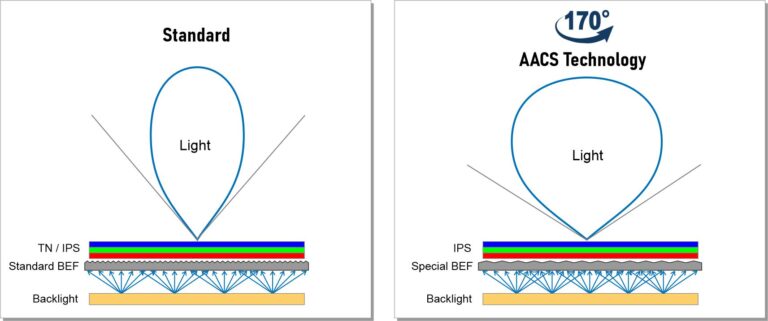- 1 Polarizers: Directing the Light That Makes Images Visible
- 2 Glass Substrates: Supporting Structure and Pixel Precision
- 3 Liquid Crystal Layer: The Core Light Valve of LCD Technology
- 4 En nuestro catálogo encontrará miles de productos.
- 5 Color Filter: Converting Light Into Full-Spectrum Visuals
- 6 TFT Array: Controlling Each Pixel in Real Time
- 7 Backlight Unit: Providing the Light Source Behind the Panel
- 8 Driver IC: The Smart Control Center of Every LCD
- 9 Touch Panel (Optional): Enabling Interaction with Intelligence
- 10 How These LCD Components Work Together
- 11 Preguntas más frecuentes (FAQ)
Polarizers: Directing the Light That Makes Images Visible
At the front and rear of every LCD lies a polarizer—a thin optical filter that controls the alignment of light waves.
The rear polarizer aligns backlight output.
The front polarizer filters the manipulated light after passing through the liquid crystals.
Without polarizers, you’d see no contrast or image—only a blank panel.
🧠 Tip: Polarizer quality directly affects viewing angles and ambient light readability.
Glass Substrates: Supporting Structure and Pixel Precision
Two glass layers sandwich the liquid crystal material, forming the structural foundation of the display.
These substrates house the TFT array y color filter while ensuring perfect pixel alignment.
They also serve as barriers against mechanical damage and environmental exposure, preserving image consistency and long-term durability.

Liquid Crystal Layer: The Core Light Valve of LCD Technology
This is the functional heart of every LCD. When voltage is applied, liquid crystals reorient to either block or transmit light.
This process controls:
- Luminosidad
- Contrast
- Gray levels
The precision of this modulation determines how smooth or pixelated the on-screen content looks.
🧪 Read more: Comprender el término píxel, la resolución y la relación de aspecto de las pantallas LCD
En nuestro catálogo encontrará miles de productos.
Descubra nuestra amplia gama de productos, que incluye LCD-TFT, pantallas gráficas y alfanuméricas OLED, LCM, pantallas e-paper, escáneres de códigos de barras (integrados, portátiles, de montaje fijo), monitores industriales, ordenadores industriales (placas base, COM y SOM, sistemas integrados, ordenadores de panel HMI, SBC), pantallas táctiles capacitivas y resistivas, y accesorios (kits de desarrollo, conectores, controladores, cintas FPC/FFC, conectores ZIF).
Color Filter: Converting Light Into Full-Spectrum Visuals
Each pixel is divided into three subpixels—Red, Green, and Blue (RGB)—by the color filter layer.
By varying voltage across the subpixels, LCDs mix millions of colors.
- Higher-grade filters enhance color saturation
- Uniform coating ensures consistent performance across the display
This is especially critical in medical imaging, digital signagey professional graphic applications.
TFT Array: Controlling Each Pixel in Real Time
En Thin-Film Transistor (TFT) layer forms a precise grid—containing a dedicated transistor for each subpixel.
These tiny transistors switch on/off based on signals from the driver IC, giving the display:
- High refresh rates
- Low power draw
- Accurate pixel-level control
TFT arrays are essential in pantallas para automóviles, industrial HMIsy portable devices where quick response and reliability are key.
Backlight Unit: Providing the Light Source Behind the Panel
LCDs don’t emit light on their own—they depend on a backlight, typically made of:
- White LEDs
- Light guide films
- Difusores y reflectores
A good backlight ensures:
- Uniform brightness
- Color accuracy
- Outdoor readability

💡 RJY Display offers high-brightness LCDs (1000+ nits) ideal for sunlight-readable industrial monitors.
Driver IC: The Smart Control Center of Every LCD
Think of the driver IC as the bridge between your device and the display module. It converts image data into electrical signals that:
- Control voltage in the TFT grid
- Sync with touch and brightness control
- Optimize refresh rate, gamma curvesy power efficiency
Advanced ICs also support custom resolutions, adaptive brightnessy low-latency performance.
Touch Panel (Optional): Enabling Interaction with Intelligence
Modern LCDs often integrate touch-sensitive overlays. Two main types exist:
- Capacitive Touch (PCAP) – Multi-touch, high precision, sleek design
- Tacto resistivo – Single-point, glove-compatible, rugged

🧪 Read more: A Comprehensive Comparison of LCD Panel Types: TN, VA and IPS
At RJY Display, we customize touch interfaces for industries like:
- Medical diagnostics
- Outdoor terminals
- Factory automation panels
How These LCD Components Work Together
The performance of any LCD module is defined by how well these parts integrate:
| Component | Primary Role |
|---|---|
| Polarizadores | Direct and filter light for visibility |
| Sustratos de vidrio | Provide structure and alignment |
| Capa de cristal líquido | Modulate light transmission per pixel |
| Color Filter | Render full-spectrum color |
| TFT Array | Enable individual pixel control |
| Backlight Unit | Provide illumination across display |
| Conductor IC | Manage signal conversion and power regulation |
| Touch Panel | Allow interactive input (optional) |
Whether you need ultra-bright, sunlight-readable screens or low-power monochrome modules, understanding each part of LCD gives you an edge in product development.
Preguntas más frecuentes (FAQ)
Q1: What is the most important part of LCD structure?
A: All parts are interdependent, but the liquid crystal layer, TFT arrayy backlight are foundational for image generation and quality.
Q2: Can I use LCDs without a touch panel?
A: Yes. Touch layers are optional. Many industrial modules are display-only, while others use integrated capacitive or resistive overlays.
Q3: How does backlight brightness affect display visibility?
A: Higher brightness improves readability in sunlight but may increase power consumption. We optimize backlight performance for your environment.
Q4: What’s the benefit of customizing LCD components?
A: Tailoring pixel layout, brightness, touch interface, and shape improves performance in specific-use cases like automotive, wearable, or industrial.
Q5: Are polarizers replaceable in LCD modules?
A: In most commercial designs, polarizers are built-in and not serviceable. Damage to them often requires full panel replacement.
Recursos de referencia





